Using 把 to Talk About Things Being Finished or Used Up
Another common use of 把 is to describe things being finished or used up. The structure looks like this: subj + 把 + object + verb + 完/好 + (了)
This works because the subject is directly “verb-ing” and affecting the object - resulting in there being less of the object or it changing in some way. The 完/好 at the end completes the structure and shows the disposal of the object (ie, how the object was changed).
Subj + 把 + Object + Verb + 完/好 + (了) |
|
Wǒ zhège xīngqīwǔ yào bǎ xiàngmù zuò wán. ——>I will get the project finished by this Friday. 我这个星期五以前要把项目做完。 |
|
Tā huā le yīgè wǎnshàng bǎ jiǎnlì xiě wán le.——>She spent an evening to get her resume finished. 她花了一个晚上把简历写完了。 |
|
Wǒ de tóngshì bǎ qù zhōngguó de jīpiào dìnghǎo le.——>My coworker got the tickets to China booked. 我的同事把去中国的机票订好了。 |
|
Mìshū yǐjīng bǎ lǎobǎn chūchāi de xíngchéng ānpái hǎo le. ——> The secretary already got the itinerary for the boss’s business trip arranged. 秘书已经把老板出差的行程安排好了。 |
|
Bùyào bǎ wǒ de píjiǔ hē wán. ——> Don't finish off all my beer! 不要把我的啤酒喝完。 |
| Note 1:把 very often appears with 了, because 了 marks a completed action. |
| Note 2: While 完 and 好 are essentially interchangeable, your Chinese & Taiwanese friends may correct you, telling you to use one or the other. This is because with certain verbs we prefer how one or the other sounds. This is NOT a rule-based feeling — just some pairings “sound better” to us. For your purposes, use them interchangeably (EVERYONE will understand either word) and pay attention to the feedback your friends give you to develop the feel. |


